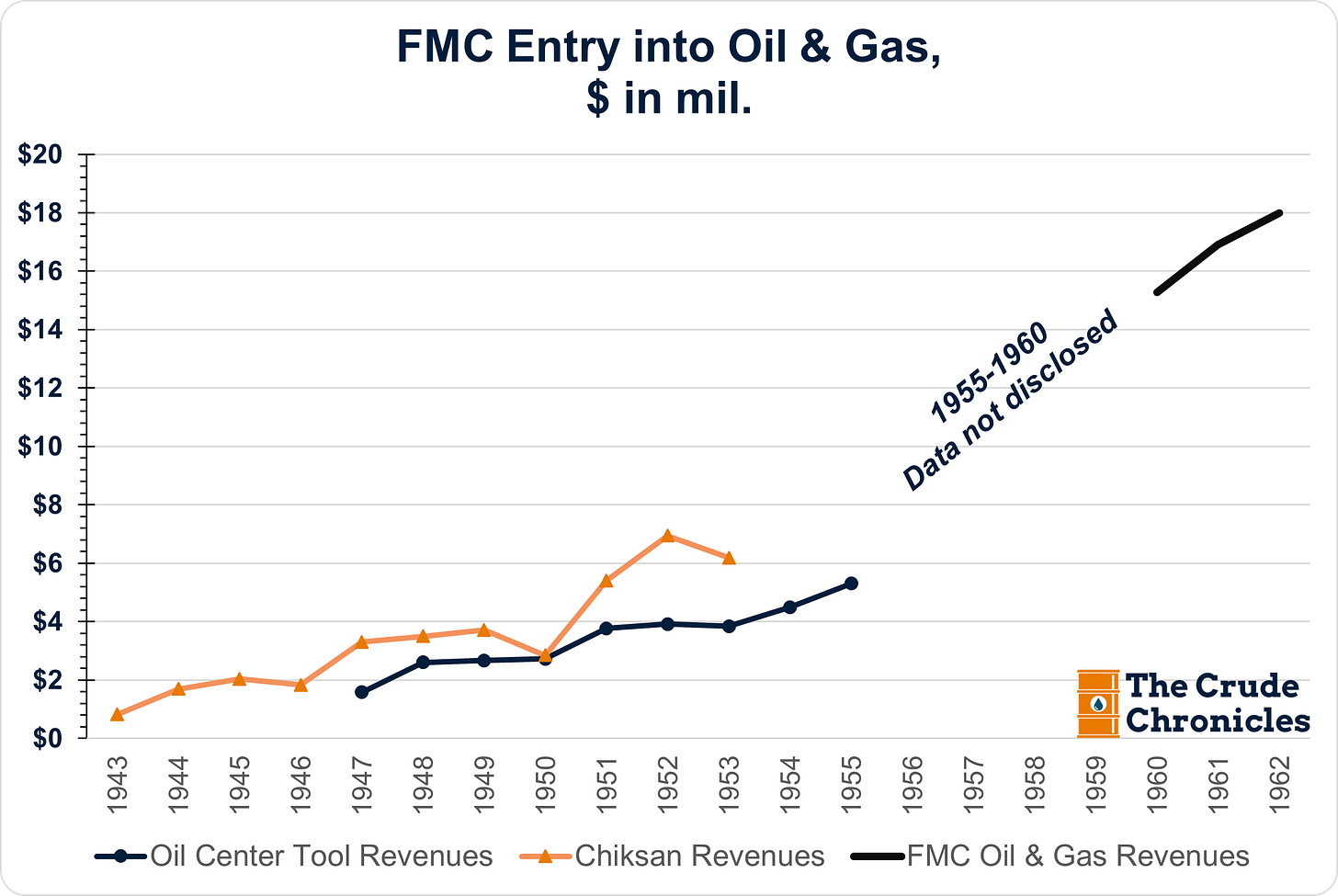The year was 2011. The senior oilfield services analyst at the sell-side firm where I worked had just accepted an investor relations role and was preparing to depart.
Before he left, he and our director of research strongly encouraged me to take over coverage of several names in his group. One of them was FMC Technologies, now known as TechnipFMC.
There was one catch: a pre-scheduled non-deal roadshow (NDR) was already on the calendar. If we dropped coverage, we’d lose access. For those unfamiliar, an NDR is when a sell-side analyst organizes a series of meetings in financial hubs where company management and IR meet with major buy-side investors.
Here’s the kicker: the NDR was just a few weeks away and it I would be accompanied by then-CEO John Gremp.
Mr. Gremp has long since moved on—and I doubt he remembers me—but it was a formative experience to sit in those meetings and hear him talk about a company he’d spent more than 30 years helping to shape.
At one point, I asked him to explain the differences between product lines. He could tell I was new to the company. He smiled and broke it down for me:
“Think of it as a big valve. It controls the flow of oil and gas and does some processing—all while sitting on the ocean floor.”
That moment stuck with me. Sometimes, all it takes is a simple analogy.
From Food Machinery to Subsea Pioneer
Long before subsea trees were quietly working on the ocean floor, FMC Technologies had its roots in something far more terrestrial—and edible. Back in the 1950s, the Food Machinery Corporation (FMC), best known at the time for producing agricultural equipment, made a decisive pivot into the oil patch.
That shift began with the acquisition of Oil Center Tools, a leading manufacturer of traditional onshore "Christmas Trees" used to regulate flow at wellheads. Soon after, FMC added WECO and Chicksan Tools—two other key players in the oilfield equipment space. And just like that, an oilfield equipment company was born.
The period was the golden age of conglomerates—when diversification across unrelated industries wasn’t just tolerated, it was a badge of honor using pooling of interest accounting in order to boost EPS and thus stock prices.
FMC embraced the era’s ethos wholeheartedly, expanding far beyond its food machinery roots into defense, oil & gas, and more.
By the 1960s, the company was manufacturing the M113 Armored Personnel Carrier for the U.S. Army—one of the most widely used armored vehicles of its time. Simultaneously, FMC was developing Deep Dive Systems (DDS) for the U.S. Navy, designed to transport salvage crews to the ocean floor for recovery operations.
It was in this cross-pollination of defense and petroleum R&D that something remarkable happened: engineers from both divisions began collaborating on early underwater production systems. These pioneering efforts would plant the seeds for what would eventually become the subsea oil & gas infrastructure business we know today.
This helped shape the foundation for modern subsea production systems.
FMC Technologies began its life as a standalone public company in 2001, following its spin-off from FMC Corp.
Keep reading with a 7-day free trial
Subscribe to The Crude Chronicles to keep reading this post and get 7 days of free access to the full post archives.







